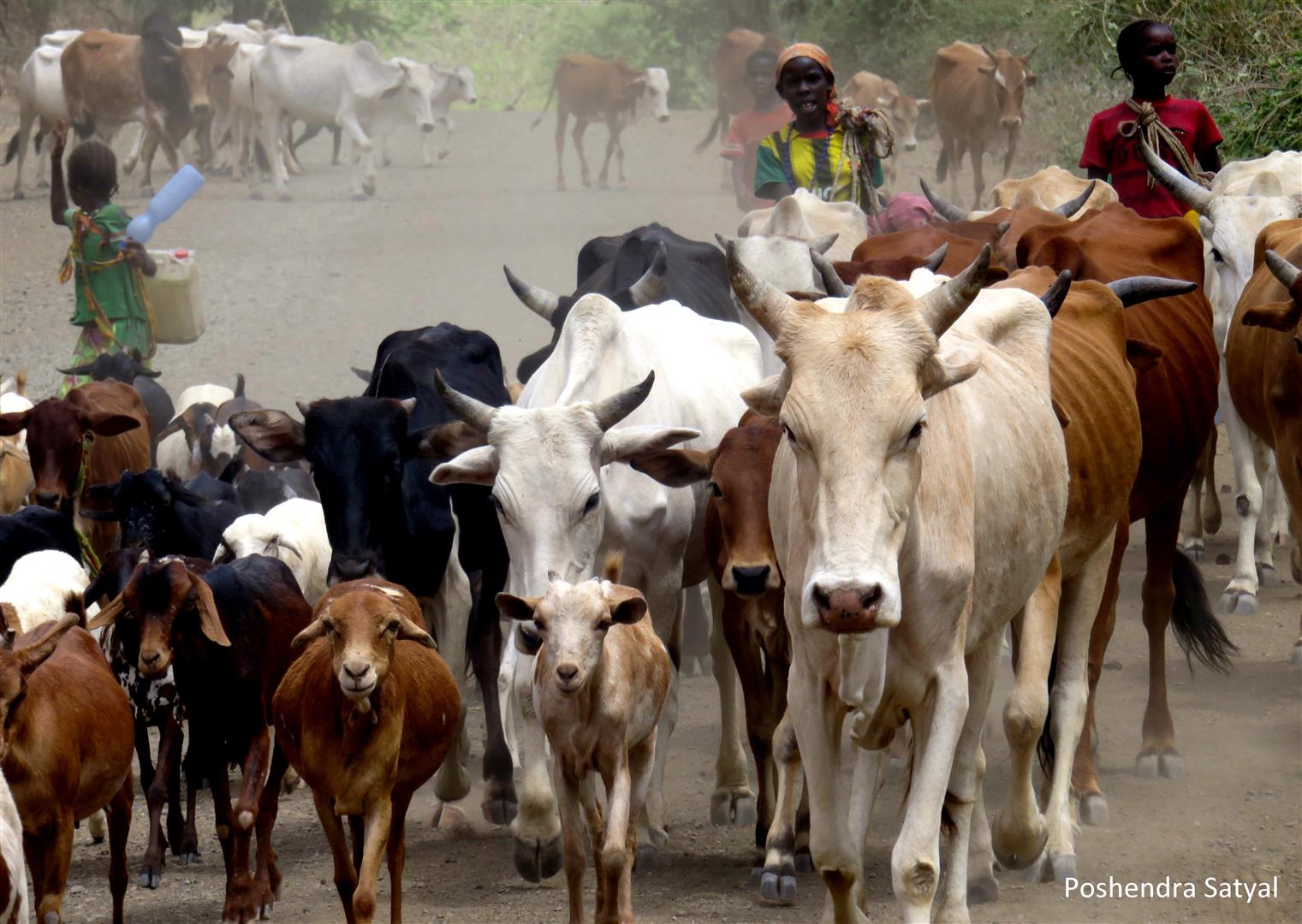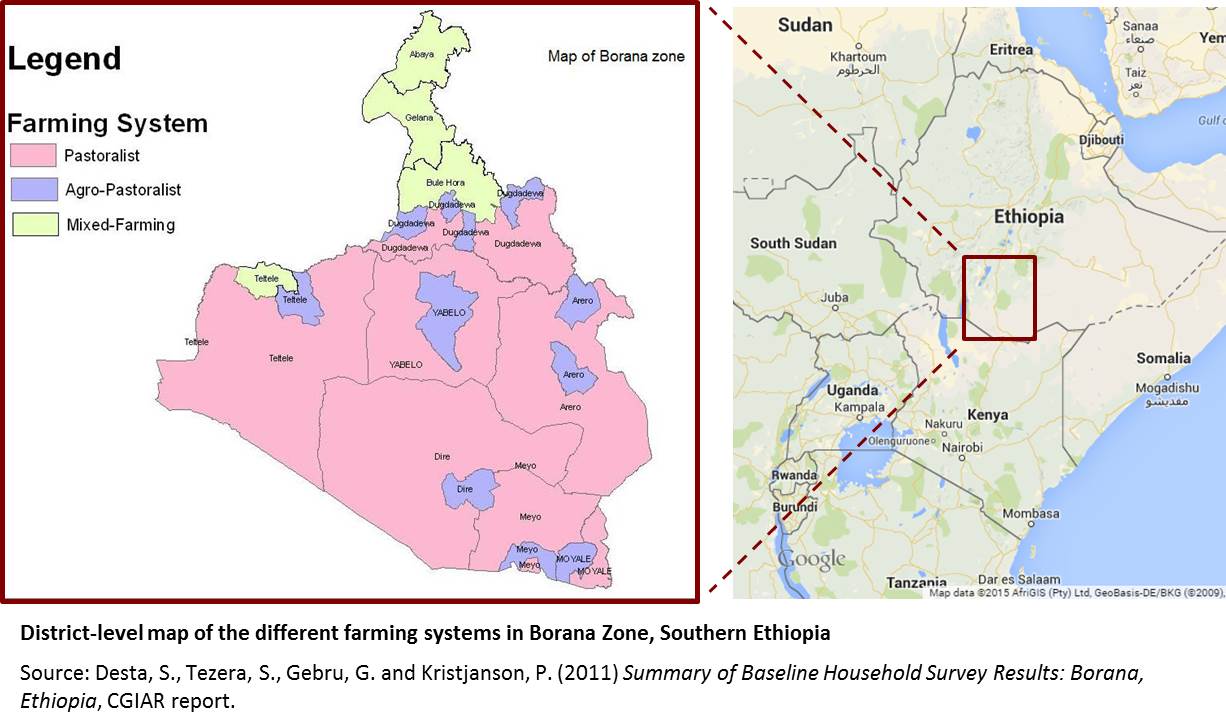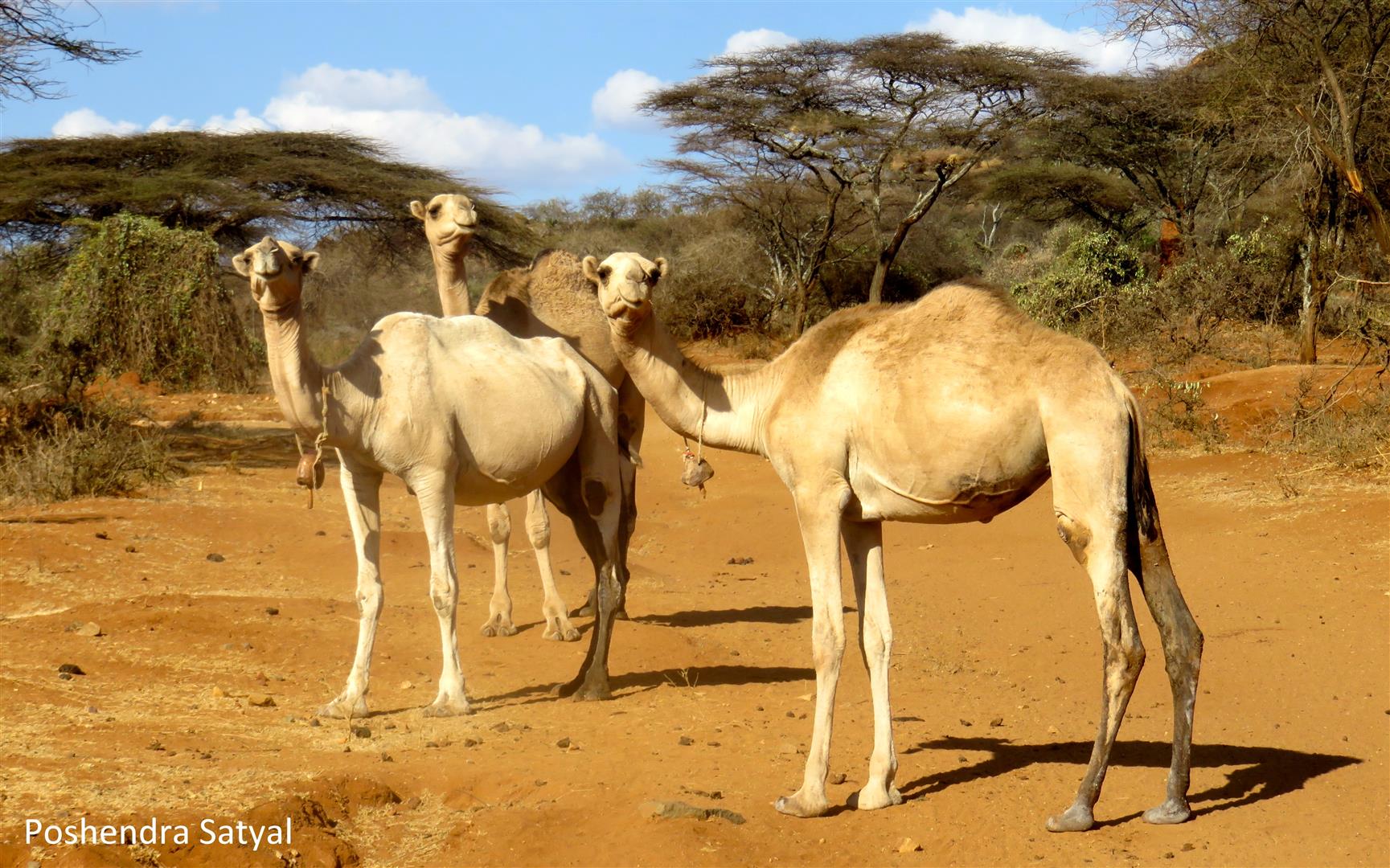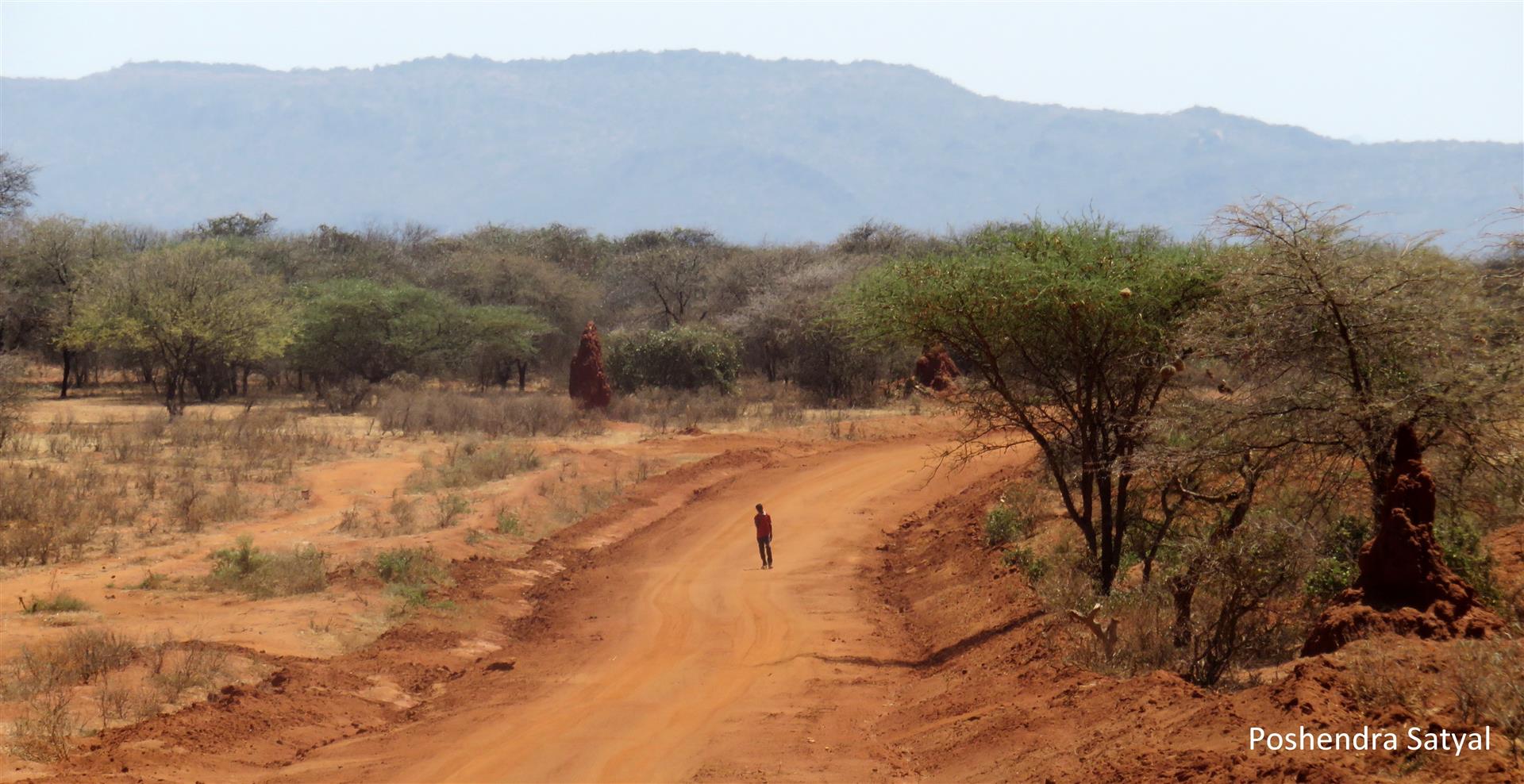Cattle, Water and Climate Change: Vulnerability and Adaptation in Southern Ethiopia
Cattle, Water and Climate Change: Vulnerability and Adaptation in Southern Ethiopia
By Poshendra Satyal, Mohammed Assen, Mekonnen Adnew, Hussein Sheymo, Katrine Claasens and Tali Hoffman
“Our lifestyle and wellbeing … heavily depend on cattle. As pastoralists, our health is dependent on cattle’s health. We also lose weight when cattle lose their weight.” - Yabelo pastoralist
â

Human livelihoods and cattle are integrally linked for the people in the Yabelo District of Ethiopia, where their environment and traditional pastoralist way of life are being threatened by climate change. To better understand the existing vulnerabilities and potential options for adaptation in this semi-arid region, in February 2015 ASSAR’s team made the 16 hour journey from Addis Ababa to the Borana Zone in southern Ethiopia to conduct interviews with stakeholders from multiple levels of governance.
The challenges facing traditional adaptation practises
Climate challenges

This area is historically drought-prone and as such people have developed traditional coping strategies to deal with water scarcity. However, many of these strategies are no longer as dependable as they were, not only because social changes have meant that strategies are no longer passed down through the generations, but because changing weather patterns are making forecasting less reliable by challenging the early warning systems based on indigenous knowledge.
Furthermore, many strategies are no longer viable given climate and development changes in the area. For instance, mobility was once an effective coping strategy, with people moving to new areas at resource-stressed times to ensure that fewer livestock were lost. This had the added benefit of giving the abandoned environment time to regenerate. However, population growth and widespread environmental degradation has made this option unfeasible. People also used to shift to agropastoralism (combination of crop and livestock farming) in times of drought, using crops to supplement their diets and livelihoods. However, with heightened and prolonged drought, agropastoralism is no longer possible.
Other challenges

Climate change is not the only factor exacerbating the vulnerability of people in Yabelo: social, economic and political factors also play a role. Around 50 years ago traditional governing structures began to decline, leading to resettlement and changes in the use of communal land. This, combined with some well-intentioned, but ultimately detrimental government policies, has resulted in ecological and economic stress. For example, policies which brought the land management technique of bush-burning to a halt, led to bush-encroachment, which itself has led to a loss of 90% of pasture lands. The formidable bush is now 2-3 metres high, thorny and tough to remove. Furthermore, unlike grasses, the bush can no longer be eradicated by burning. This has brought about a change from husbandry of grazing animals – like cattle and sheep – to browsing animals – such as goat and camel. It has also encouraged the growth of plants that are toxic to livestock.
Despite these challenges, some traditional land-use practices remain effective and help grasslands to regenerate, such as season-dependent grazing choices and bush burning. There have also been encouraging results from the government’s resettlement policy which focuses on important facets of adaptation such as service delivery, education, ecological conservation, and agriculture. The resettled agropastoralists practice crop production in their allocated lands, thus easing the pressures on natural resources in the wider area. Due to the control of grazing lands, over time there is also more grass available for livestock.
Research for ASSAR in the Yabelo context

People in Yabelo expressed an interest in working with ASSAR. They suggested that a primary entry point for ASSAR could be research on water availability and management. Water is not an abundant or dependable resource in the region. Women in the district named water shortages as their primary concern and problem. As with many aspects of daily life, water collection has a gendered dimension, with the undertaking falling upon women who spend between 4-6 hours a day on the task. In times of particularly bad drought, this can increase to 11-12 hours.
In the past, people used wells to cope with surface-water shortages. These are now beyond carrying capacity due to drought and population growth. They are also expensive as wells need to be dug increasingly deeper to access groundwater. Water management and irrigation practices have been recently introduced, allowing water to be better conserved and more efficiently used. There is also growing interest in the possibility of using rainwater for irrigation, although this is expensive.

ASSAR identified additional avenues for research, one of which concerns land-use policy and practice. During the shortage of water and pasturelands, local communities move anywhere in search of water and grass, making land privatisation a contentious issue. Thus, figuring out how to break resulting land-use policy and practice deadlocks could be helpful.
Understanding how to increase agency in land governance, incorporate traditional coping mechanisms into current practices, and reduce the information/communication gap between state warning-systems and communities, could also have positive impacts. Finally, from the outset, ASSAR would need to ensure that the interests of different communities are considered in the research agenda.